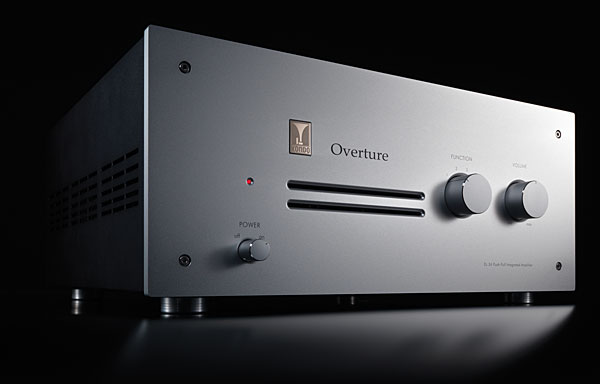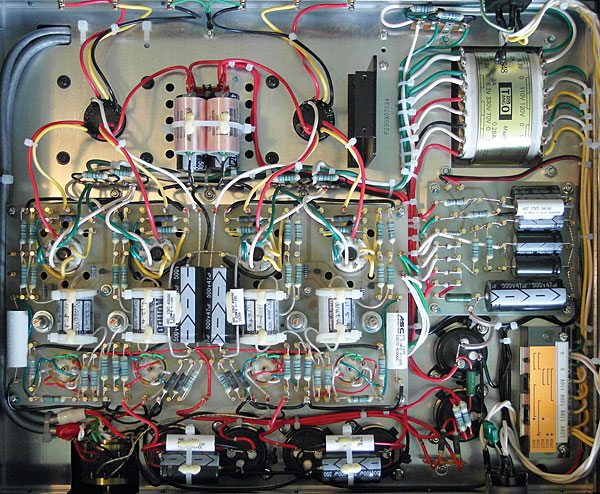| Columns Retired Columns & Blogs |
. . .of an excellent product. Just as I always enjoy the level of detail and musical wordflow in Art's reviews, when I heard the Kondo system at the last NY Audio show it was one of a handful of musical listening ephanies I've ever experienced. You're spot on re Kondo's different tonal approach when placed next to Shindo, both manufacturer's wares equally beautiful in their release of the notes.









































